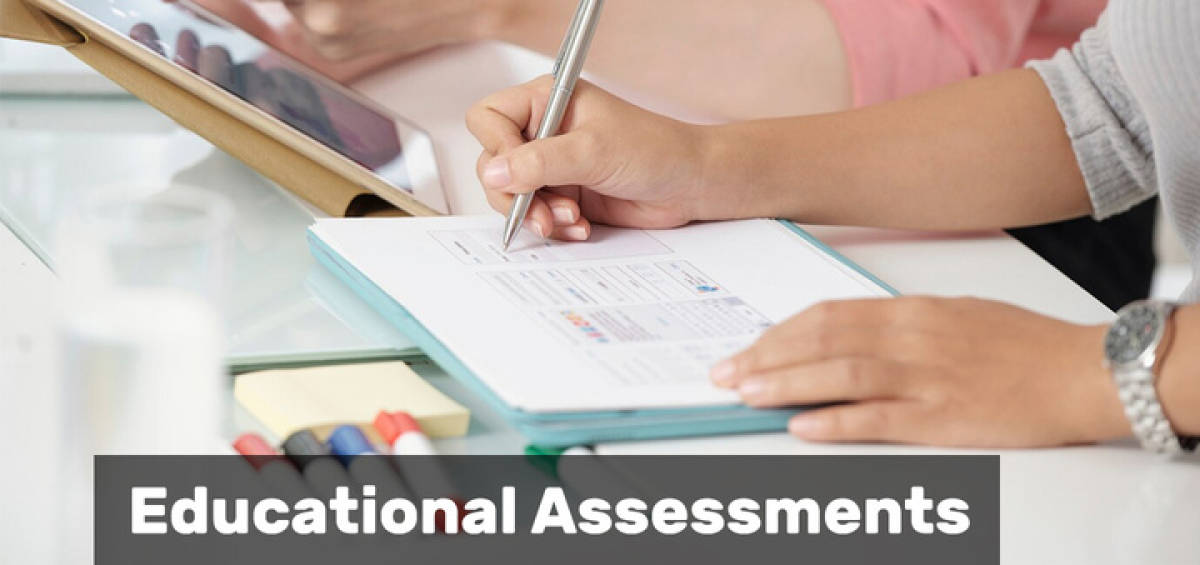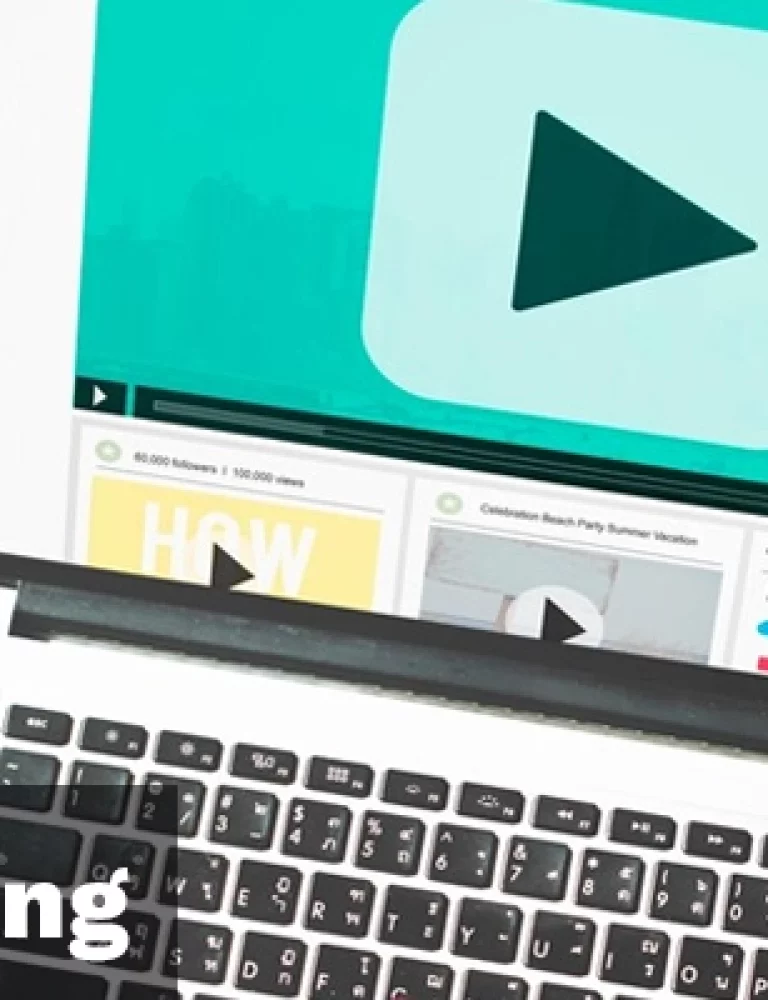Assessments are not new in the field of education and training. The ultimate objective of teaching is to assess the understanding level of each student and trainee.
However, the aim of assessments in the contemporary world is not limited to evaluating the depth of knowledge of students but is extended across various purposes. These purposes include:
- To begin with, assessments, besides judging student achievement and their retention power, also help in addressing improvement in teaching outcomes.
- Assessments present deep insights into the relevance of student resources used.
- Such evaluations ensure that students are given relevant feedback and they aim to achieve high standards against set targets.
- They encourage self-reflection, peer assessment, and direct observation.
- Assessments help bridge the gap that prevents students from progressing.
Evaluations are an integral part of the teaching and learning process. With rapid advancements in every industry and sector, there is a massive transformation in the education and training world as well.
Organizations are incorporating technology, applying a global sense to assessments, and focusing more on the individual development of each student rather than applying a collective strategy.
Here, we will learn about the top 10 strategies that modern organizations are applying to educational assessments.
Table of Contents
I. 10 Innovative Strategies for Creating Productive Assessments
- Understand Objectives
- Adopt Technology
- Focus on Critical Thinking
- Be Fair
- Incorporate Real-World Scenario-Based
- Diversify Formats
- Encourage Lifelong Skills
- Make Way for Career Opportunities
- Make Assessments Innovative and Engaging
- Devise a Feedback Strategy Based on Assessments
II. Conclusion
10 Innovative Strategies for Creating Productive Assessments
Let us take a quick look at some of the most powerful strategies that you must apply to the assessment criteria and process:
1. Understand Objectives
Educational assessments can only be effective and relevant if they are aligned closely with educational objectives. It is imperative to define the purpose of learning and derive the learning outcome of each assessment.
You must consider the expected cognitive levels of the group, evolving objectives, and changes in the curriculum while designing contemporary assessments.
While crafting questions, maintain a balance between higher-order thinking skills and foundational knowledge, and communicate assessment goals to students.
2. Adopt Technology
Learners should be technology savvy. Through assessments, educators can encourage students to:
- Work on various software
- Learn about different technical terminologies
- Equip themselves with the latest AI-based models
- Incorporate data analytics
- Explore computer-based skills
Creating online assessments and interactive simulations with auto-grading features can encourage students to work on adaptive and technical learning formats. Even educators must use cloud-based AI-empowered assessment models that can make their work easier and help them design interactive and modern assessments effortlessly.
For example, you can take expert guidance from KITABOO. This unique digital textbook platform helps in designing and developing educational assessments based on an AI-powered modern structure after considering individual needs and global analysis.
3. Focus on Critical Thinking
While designing educational assessments, it is highly recommended to prioritize questions that require students to make comparisons, draw connections, offer creative solutions, indulge in deep decision-making, and work on open-ended tasks.
Supporting answers with evidence, participating in group discussions, explaining their reasoning, and working on collaborative projects will stimulate diverse perspectives.
It is important that educators should focus on the reasoning process rather than just evaluating the final answers. They must encourage learners to exhibit a deeper understanding of the subject matter.
4. Be Fair
It is of paramount importance to ensure that the assessments have clear objectives and instructions and they are not culturally or socioeconomically biased. Educators must:
- Consider the needs of special students
- Maintain fairness and consistency while grading
- Provide transparent feedback
- Frame assessments based on different learning styles and multiple perspectives
It is also essential to review and update assessments consistently to promote a fair evaluation process.
5. Incorporate Real-World Scenario-Based
It is substantial to incorporate real-world scenarios, mirror challenges that learners may feel in their careers, and include global situations through assessments. Role-playing formats, simulations, or case studies can help learners experience complex and dynamic situations.
Such assessments focus on theoretical knowledge, practical skills, critical- analysis of situations, decision-making approach, and communication skills. Modern digital textbook platforms like KITABOO use interactive digital tools and resources to design assessments that can align learning goals with real-world industry and market information.
6. Diversify Formats
Gone are the days when the level and quality of questions in assessments were based on subjective and objective type formats. There is a plethora of opportunities and a diverse culture of applying various kinds of assessment formats.
You can include options like multimedia submissions, formative assessments, hands-on projects, presentations, essays, interactive simulations, and peer evaluations. You can design formats by providing reasonable alternatives and accommodating diverse abilities.
It is important to regularly take feedback from teachers and learners so that you enhance the quality of your assessment formats, prevent predictability, and maintain engagement.
7. Encourage Lifelong Skills
Have you ever wondered what skills and educational learnings stay with a student throughout his career cycle and life?
Undoubtedly, assessments help to gauge the academic and specialized level of knowledge of students, and it is important to incorporate the same in framing modern assessments.
However, you must also consider designing contemporary assessments that evaluate and test students on lifelong skills. These lifelong skills include:
- Working on open-ended tasks
- Implementing adaptability
- Applying problem-solving skills
- Displaying excellent communication skills
- Integrating interpersonal and collaborative skills
It is important to frame assessments that test such opportunities and lead to a gateway for additional learning and improvement.
8. Make Way for Career Opportunities
As an educator, if you are aware of the specialization of students or the existing career that the student is in, you must focus on career requirements while framing assessments.
You must design assessments that stimulate real-world, career-oriented, and market-ready learning. Devise projects or case studies that are industry-related or that focus on the application of practical, problem-solving, and soft skills.
Align constructive assessments with career requirements and update them regularly based on changing market trends and technology.
9. Make Assessments Innovative and Engaging
The first step to making assessments innovative, creative, interactive, and engaging is to eradicate monotony from them. The same old patterns, based on the same old predictable style of answering questions, are outdated, so educators must incorporate new techniques and elements.
You can add case studies, real-world scenarios, assessments based on visuals, quizzes, presentations, or games, add a mix of technology to the evaluation sphere, or just rely on critical reasoning-based questions.
Collaborative assessments promote teamwork, communication skills, interactive sessions, and other diverse skills.
10. Devise a Feedback Strategy Based on Assessments
Based on assessments, educators can understand the depth and quality of learning of each student. The final step is to identify gaps and give clear, specific, and constructive feedback based on them.
Besides, feedback can also be appreciative, which lauds the students for putting in extra effort or for thinking out of the box.
Feedback should be based on strengths, student reflection, student attitude, and areas of improvement. Feedback can be verbal or written based on student needs and performance.
Conclusion
The bottom line is that in today’s modern world, assessments should be a mix of critical thinking, theoretical and practical evaluation of skills and knowledge, and a basic sense of real-world scenarios.
The objective is to gain a comprehensive result of the student’s achievement, assess loopholes, and devise techniques to eliminate hurdles. Hence, it is urgent to apply important strategies to introduce changes that can empower learners and educators.
The digital textbook platform KITABOO can curate well-designed assessments for all kinds of educational organizations. The objective is to incorporate all the strategies mentioned above to frame a technologically advanced, globally adjusted, and modern educational assessment that is suitable for all kinds of learners across the globe.
Connect with us to start a conversation.
Suggested Reads:
Discover How An Ebook Conversion, Publishing & Distribution Platform Can Help You
Kitaboo is a cloud-based content platform to create-publish & securely distribute interactive mobile-ready ebooks.
You May Also Like








